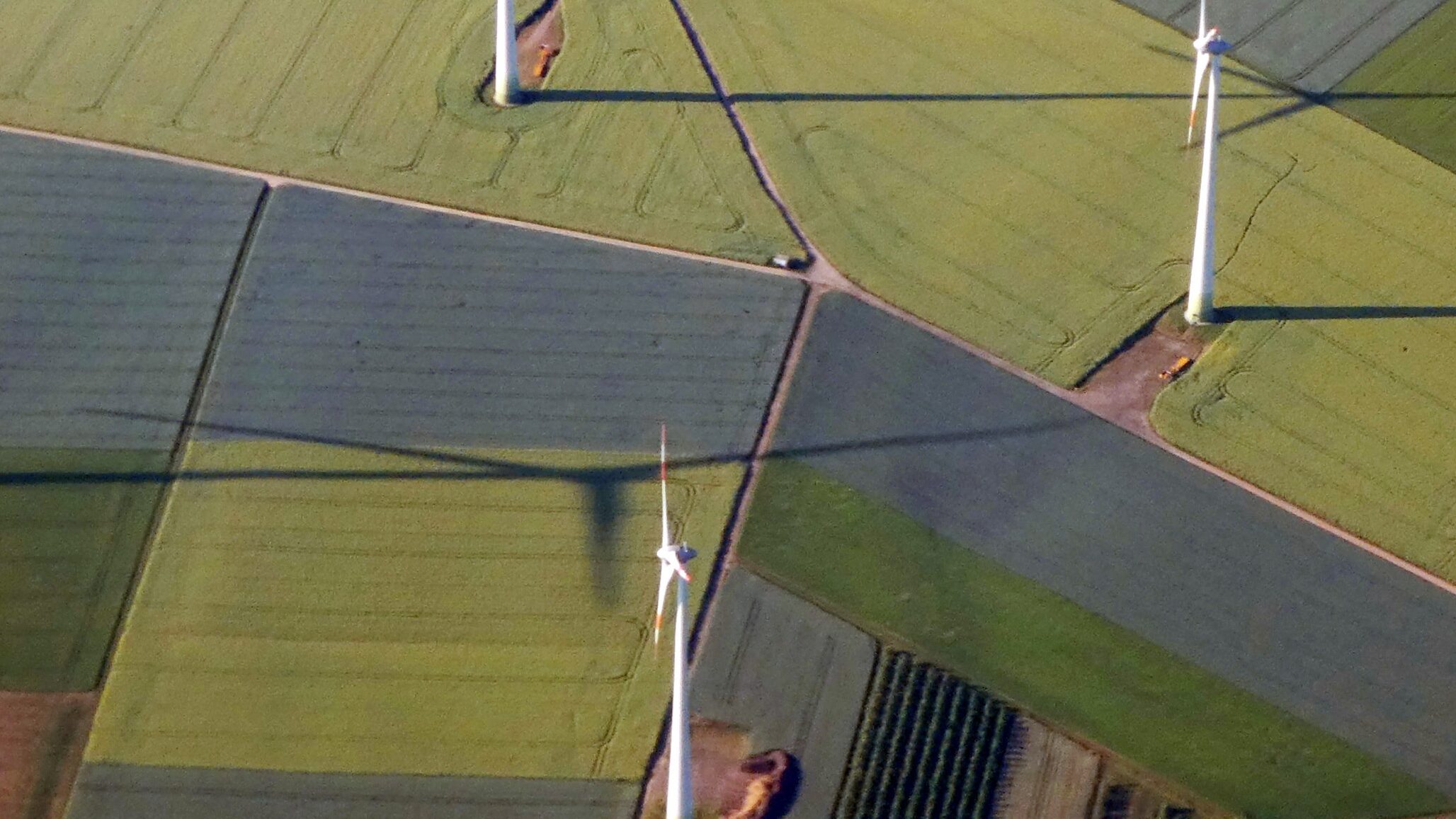
Total Primary Energy Demand
Description
Primary energy refers to energy as found “raw” in nature. This contrasts to final energy, which refers to energy turned in useable form. For example, barrels of crude oil are primary energy; we can then refine this into gasoline, which is used to power cars. When converting primary energy into final energy, there will often be efficiency losses. For example, refining barrels of crude oil into gasoline costs energy itself. In calculating emissions, the concept of primary energy is therefore very helpful, as it captures all emissions produced by the energy sector.
However, the concept of primary energy is not necessarily straightforward for renewables. For example, the primary energy of Solar PV cannot be equal to all the energy that the sun produces. Instead, the convention is to calculate renewables using a 100% conversion factor between final energy and useful energy.
The report fixes its primary-to-final conversion efficiencies based on the IEA, allowing for a more direct comparison. PTEC Scenarios fix useful energy growth at 2% per annum and then works out accordingly how primary energy is needed to satisfy this demand. A more conversion efficient technology means that less primary energy is demanded, all else equal. Thus, shifting from less inefficient fossil fuels to more efficient renewables lowers TPED, whilst maintaining the level of useful energy.
Below you can compare the different PTEC and IEA scenarios.
Figures
Headers of https://ptec.energychallenge.info/figure/TPED:
The test cannot be performed properly. Check the url in the browser for more details